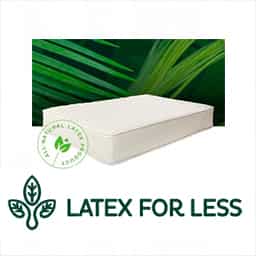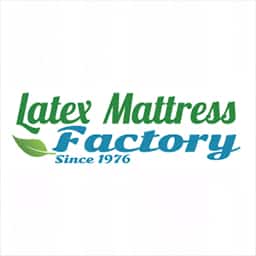Latex Mattress Types
Learning about the various options ahead of time can help you make a wiser, more informed decision.
What are the different types latex?
Technically speaking, there are three types of latex used in mattresses:
- 100% natural latex – made with 100% natural rubber latex
- Natural latex – made with 85% natural rubber latex and 15% synthetic latex
- Pure latex – made with 20% natural rubber latex and 80% synthetic latex
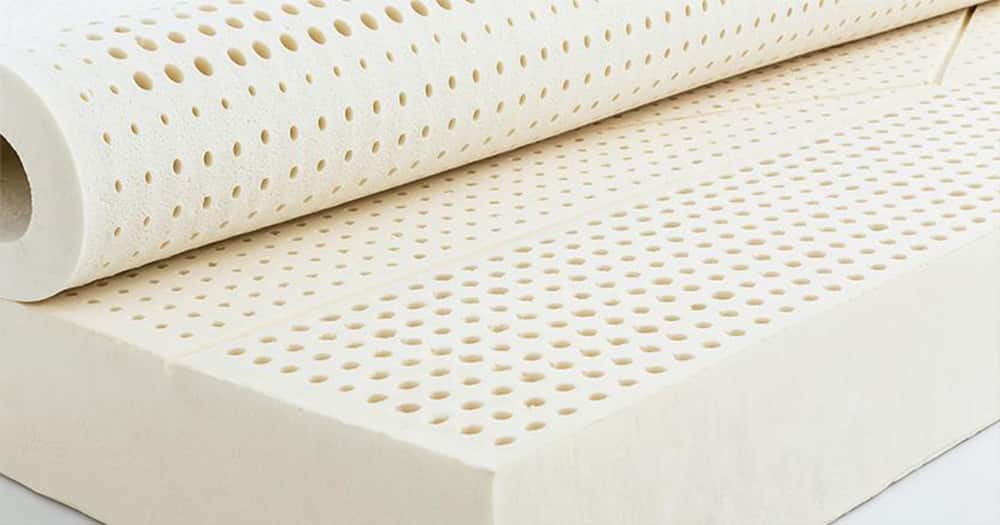
Dunlop Latex Mattresses
The Dunlop tradition for constructing mattresses has been around since 1929. This is an extremely supportive and somewhat firm mattress.
Talalay Latex Mattresses
The Talalay process for creating latex foam mattresses is newer than the Dunlop process. This means it’s not as firm as a Dunlop mattress.
Natural Latex Mattresses
A natural latex mattress is made of 100 percent natural ingredients. There are no petrochemicals used in its construction and the comfort of sleeping on this mattress is unsurpassed. These mattresses have a tendency to last upwards of 20 years and resist dust mites, mold, and mildew. The one downside is the price.
Hybrid Latex Mattresses
Hybrid simply means that it contains latex and another material (typically memory foam). These mattresses are made using chemical formulations and built to last — though they do not last nearly as long as all-natural latex mattresses. The major benefit of purchasing a hybrid latex mattress is the cheap price.
The Idle Latex Technology: 5.0/422 | Mattress Prices
- |
PlushBeds Latex Technology: 4.9/367 | Mattress Prices
- |
EcoTerra Hybrid Latex Technology: 4.8/548 | Mattress Prices
- |
Latex For Less Technology: 4.5/527 | Mattress Prices
- |
Latex Mattress Factory Technology: 4.4/324 | Mattress Prices
- |
SleepEZ Mattresses Technology: 4.1/268 | Mattress Prices
- |
What are the best latex mattresses?
Nowadays there are four types of latex mattresses produced.
Let’s look at each of them.
Natural latex mattress

Best Organic Mattress
It is made from natural Hevea juice without adding chemical ingredients and other impurities. 100% pure latex mattresses are rare in retail as they are very expensive, their cost can reach up to 200 thousand dollars.
Combined mattress
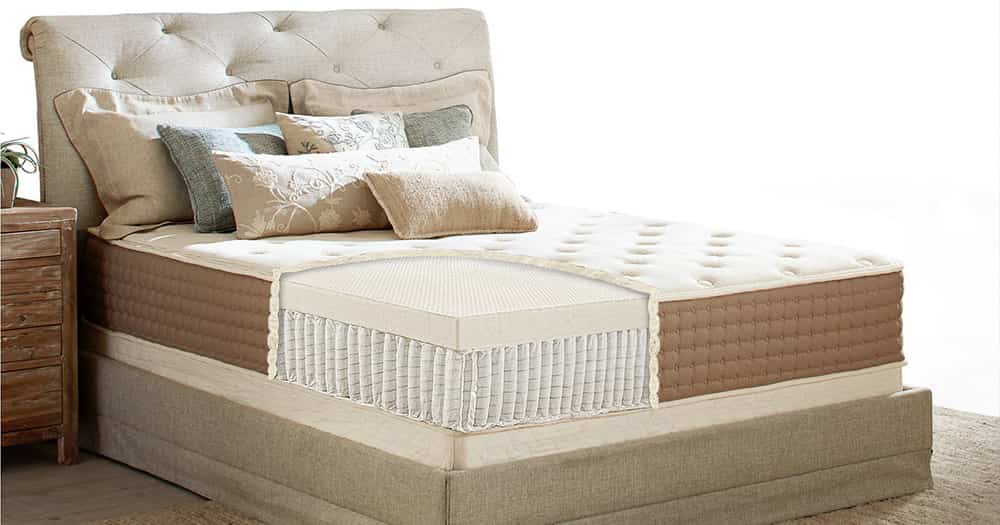
Best-latex-Mattress
Most often, mattresses appear on the market, the blocks of which consist of a mixture of natural latex and synthetic materials, which does not reduce the quality characteristics of the final product. This option is the most acceptable in terms of price and quality. The percentage of addition of synthetic components ranges from 50% to 80%. The cost varies accordingly. Make sure that these data are indicated in the certificate of conformity. Otherwise, you will be shoved naked synthetics for the price of natural latex. Synthetics is not bad in itself, it just costs much less.
Synthetic latex mattresses
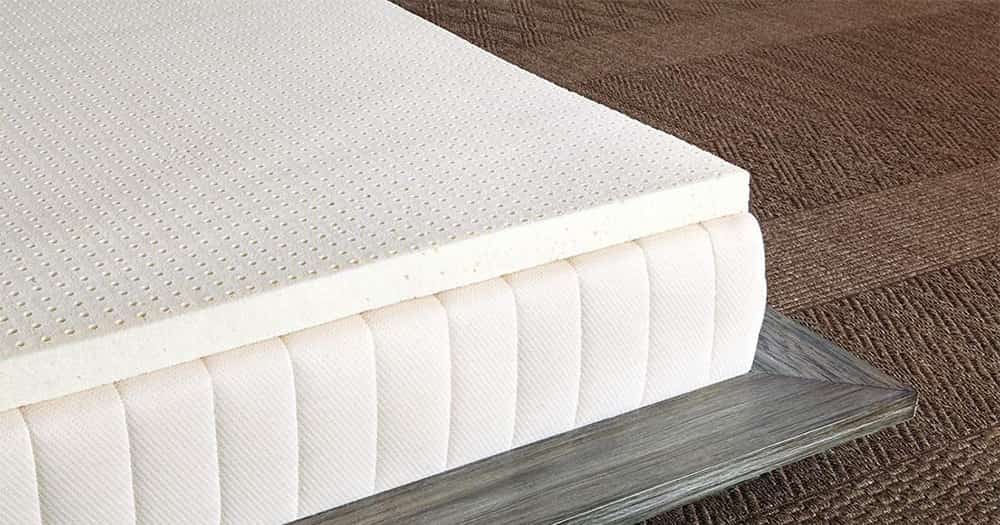
Synthetic Latex Mattresses
Synthetic latex is obtained by the polymerization of monomers, such as styrene. Monomers are molecules that are able to bind with other molecules, forming a polymer that subsequently foams. The result is a material similar to the natural. But it has two drawbacks – a relatively short service life and a pronounced rubber smell, which, however, evaporates over time.
Composite materials of a mattress
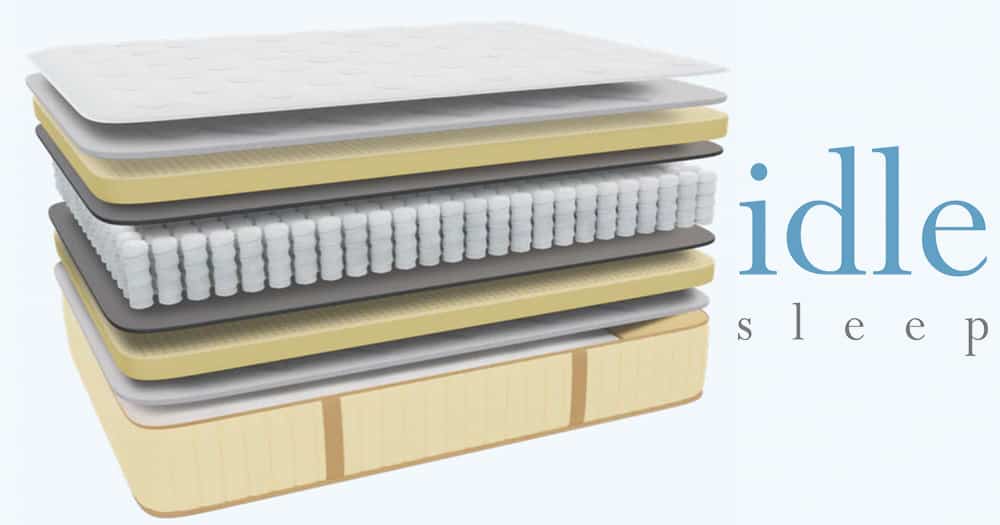
Composite materials of a mattress
Latex in a mattress is often combined with other materials. For example, a latex block is covered with polyurethane foam, memory foam, coconut coir, or horsehair. It is better if different materials are located above and below, then you will be able to turn the mattress, depending on your mood and well-being. Suppose if on one side latex is covered with coconut coir, this is the most rigid bed. The reverse side will remain comfortable and soft. Multi-layer mattresses are placed in a removable case-cover, which means that if necessary, it will be possible to replace the upper or lower layer, depending on the situation. You should agree that the option is more budget than replacing the mattress.
Stiffness of a latex mattress
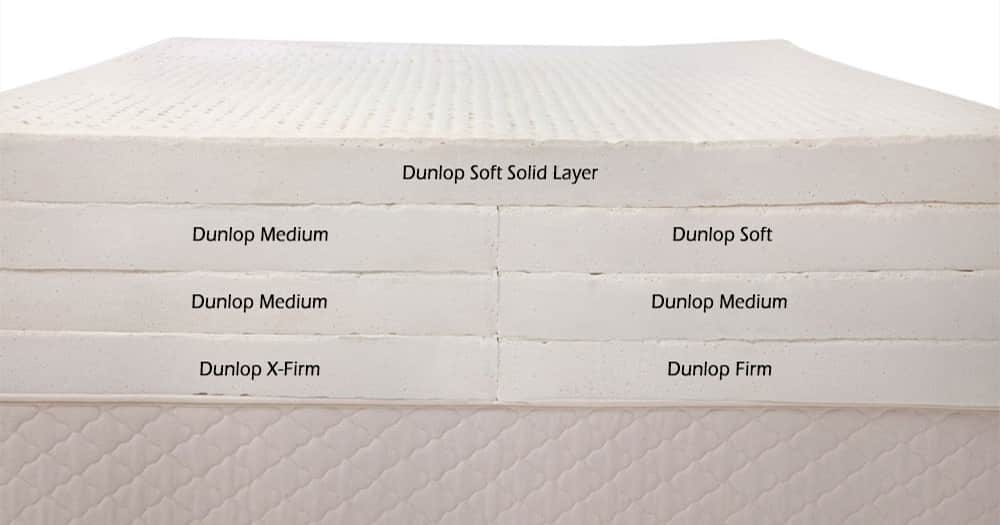
Stiffness of a Latex Mattress
In order to understand what level of hardness is right for you, try all the mattresses: from very soft, in which the body sinks, to extremely hard, on which you feel like a yogi. Who knows, you might like it. But do not confuse rigidity and hardness. These are different characteristics. Stiffness is measured by mass per unit volume, and hardness by kilopascals. However, do not bother with scientific terms, your body will tell you the desired level of rigidity as soon as you lie down on the mattress.
What for are the holes in the mattress?
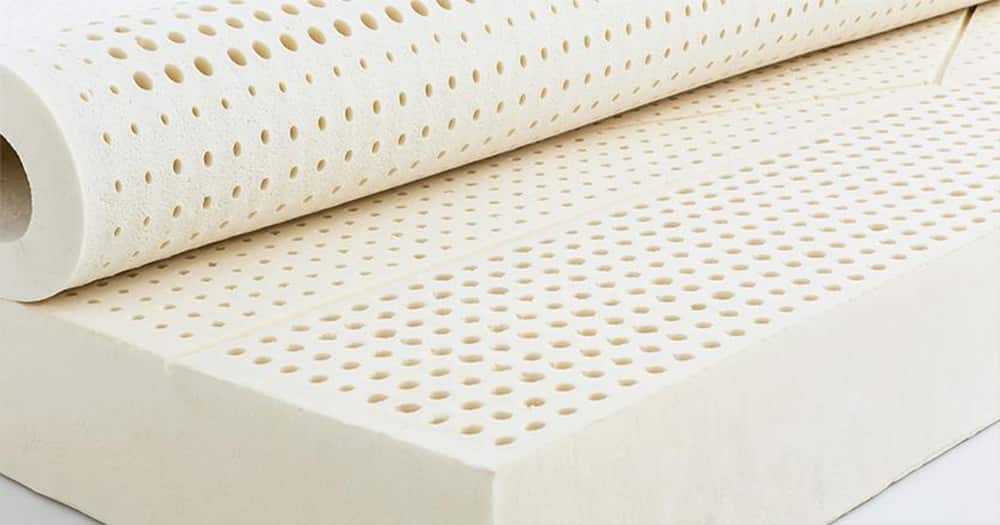
What for are the holes in the Latex mattress?
Look at the photo of the latex mattress. Do you see the little holes? They are designed for ventilation and do not allow the mattress to heat up, and moisture to accumulate on the surface. Can you imagine how important it is in the heat or rainy autumn?
In addition, the holes partially regulate the rigidity of the mattress. Their size and number are different depending on the areas of the body. In this way, zones of different stiffness are created, providing support to the head, back, shoulders, etc. It does not matter if the mattress is “pierced” equally over the entire surface. Again, only your feelings will prompt you the right choice.
Well, fly in the ointment in a barrel of latex honey. Independent experts argue that this whole story with vented openings is nothing but a marketer’s trick. The fact is that mattresses with latex are a layered cake: layers of latex alternate with other fillers: coconut coir, horsehair or buckwheat husk. In addition, they have cushioning and protective layers. So, in order to air this “pie” entirely, it is necessary to make through holes. And who needs a leaky mattress? It is fair to say that the natural latex mattress does not need additional ventilation: this material itself is resistant to heat and moisture.
Certificates of Conformity
A high quality latex mattress must have a document confirming its belonging to a “high society”. This document is called a quality certificate and says that the product has undergone rigorous testing and complies with international standards. Certifying authorities of such a “passport” carefully protect their image and care about their reputation and will not issue it just to someone. If the certificate has already been received, then the mattress is of really high quality.
Warranty is a mark of quality
If you are offered a latex mattress at a reasonable price but without a guarantee, just remember the proverb: the miser pays twice. The absence of a warranty period is a bad sign, which means that they are trying to fool you with a fake. Or are you used to take risks? Then it’s your own business. By the way, the guarantee for a “right” latex mattress must be at least 10 years.
Latex cons
No matter how much the comforts of latex mattresses are advertised, they still have some disadvantages. The most important is possible allergic reactions. Statistics confirm that 1% of people respond to natural latex. At risk – medical professionals who wear gloves for a long time. And people suffering from food allergies to some fruits (avocado, banana, kiwi, apple, melon, papaya) and vegetables (carrots, celery, potatoes, tomatoes). Allergy is manifested in the form of contact dermatitis, when the skin is in direct contact with latex. Of course, mattresses are covered with several layers of fabric, but it is not worth the risk if one of the family members has a tendency to food allergy to the listed products.




